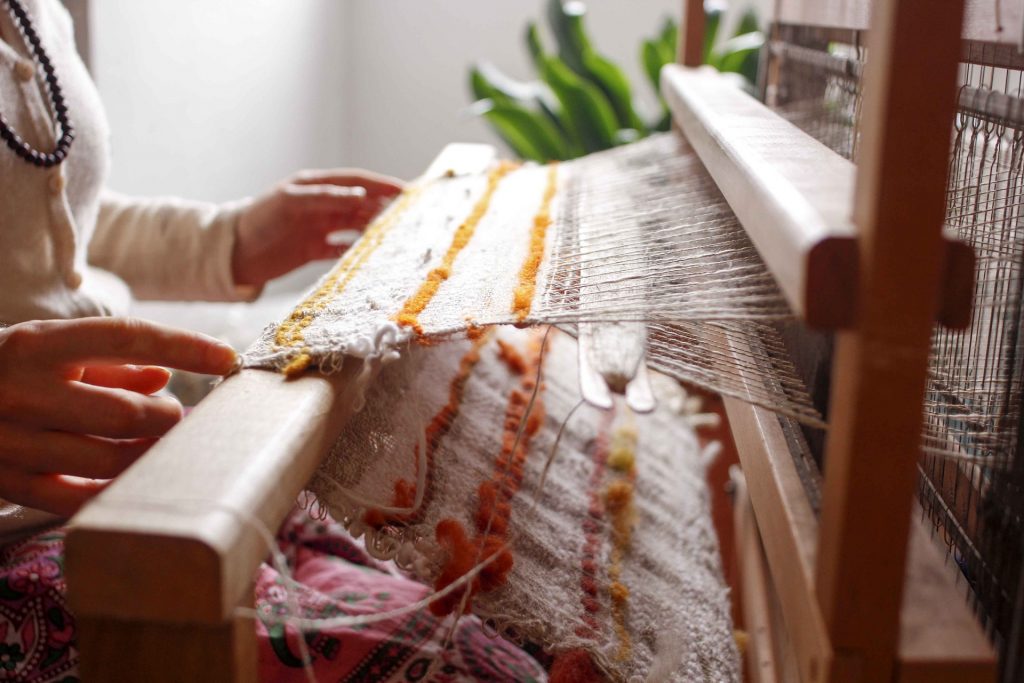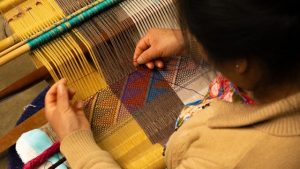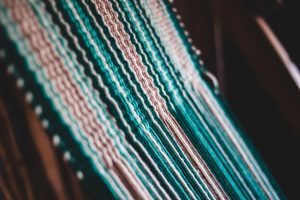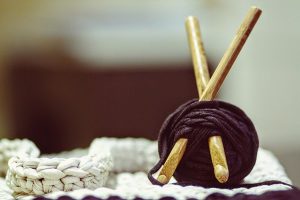The Background of Weaving and also the Fabric Sector

Have you ever quit to question how the clothes you’re using right now, that much-loved tee or new pair of denims, were made? The majority of us don’t take into consideration the complexities of the textile sector, but the background of clothes and cloth production rotates an abundant and vibrant story that should be in everybody’s repertoire. With that said in mind, we’re taking it back to essentials by dropping some light on the background of weaving and textiles– simply to provide you a little something to mull over the next time you load up your Scrubba clean bag with your preferred outfits.
Old Weaving
To recognize the technique of weaving as well as its duty in the flourishing textile sector, we need to follow the strings of this old art completely back to prehistory
To offered an unbelievably quick – and slightly completely dry – summary that in no chance does the innovative procedure justice, the art of weaving involves braiding a set of vertical threads, the ‘wrap’, with a set of horizontal strings, the ‘weft’. The practice itself seems to be almost instilled in humanity, since even prior to the procedure of weaving was implemented its underlying concepts were used in the production of everyday requirements like shelters and also baskets. These crafts relied upon the interlacing of tiny products, such as branches and also leaves, to create stable items. Once ancient humans uncovered just how to braid plant fibers to produce string some 20 or 30 thousand years earlier, these basic weaving concepts were put to substantial usage as well as intricate and also very functional products were produced with the art of finger weaving, a skill still extensively practised today.
Weaving itself is among the oldest enduring practices in the world, with a history rooted in the Neolithic period (c. 9000-4000 BCE). It was at this moment that the development of woven textiles exploded, with every household creating cloth for individual use. Weaving became a crucial ability for Neolithic individuals and also was consequently very closely linked to the family unit, a custom that would sustain for centuries.
Spinning As Well As Weaving In The Middle Ages
The art of weaving was slowly perfected and refined over thousands of years, eventually resulting in highly specialized fabric produced by skilled experts. It is no surprise that the manufacturing of this towel, demanding higher degrees of ability, accompanied the gradual motion of weaving away from the home and also into the workplace. By the Middle Ages, a strong supply chain including dyers, rewriters, weavers, fullers, drapers, and dressmakers had actually been carried out to support the booming textile and also weaving industry that was rapid becoming one of one of the most rewarding trades across Europe. The city of Coventry was made particularly well-off with the explosive weaving trade. Such was the city’s popularity that the saying, ‘true blue’, is alleged to have come down from the longer expression, ‘as true as Coventry blue’, of the city’s flair for producing blue dyes that didn’t run as well as hence continued to be ‘real’.
Right now, weaving in Europe continued to happen at the impend that had dominated the weaving procedure for millennia, although a variety of renovations, imported from China and also various other worldwide empires, were gradually presented to accelerate the process. As an example, in the 11th-century the introduction of straight, foot-operated looms enabled a less complicated, a lot more efficient weaving process. In addition, the spinning wheel, most likely coming from India at some point in between 500 as well as 1000 CE as well as ultimately imported to Europe from the Middle East, changed the earlier method of hand rotating. Even more than a simple staple of the fairy tale custom, the rotating wheel remained to be improved up until it had the ability to significantly expedite the process of transforming fibres right into thread in preparation for weaving. The resulting thread shortage underscored the necessity of mechanising the procedure, paving the way for the eruptive developments that were to happen throughout the Industrial Change.
Weaving In The Industrial Transformation
In 1774, a hefty tax obligation on cotton thread and cloth made in Britain was rescinded, likely triggered by a variety of advanced growths within the trade. The inventions that sparked these growths included the Traveling Shuttle (1733 ), which enabled larger fabric to be woven at a faster speed than formerly feasible, the Spinning Jenny (1765 ), which increased the number of threads a single device could rotate from six to eighty, and the Water Framework (1769 ), which made use of water as a resource of power while generating a much better thread than the Spinning Jenny. Crompton’s Spinning Mule, created in 1779, built upon these suggestions by combining one of the most favorable facets of the Spinning Jenny as well as the Water Frame to produce the most effective spinning outcomes of the age. By the 1790s, heavy steam engines were being widely utilised in cotton manufacturing facilities to further enhance fabric production by reducing dependence on water, mainly negating previous concerns of water shortage therefore.
These advancements accompanied the spread of chemical bleaches and also dyes, allowing bleaching, coloring and publishing to happen in the very same area. Lastly, with the creation of Robert’s Power Loom in 1812, all stages of cotton production were combined and able to occur in the one manufacturing facility.
The advances were such that the riches of the fabric industry climbed rapidly throughout the mid-1700s to the mid-1800s. Therefore, it quickly came to be the main sector of the Industrial Transformation regarding employment and also spent capital, and also was even the first to utilize modern-day manufacturing techniques.
Weaving And The Textiles Sector Today
Today, weaving has actually been virtually solely commercialised, although many neighborhoods and also individuals around the globe remain to weave by hand, either for fun, for cultural recognition, or out of requirement. Automatic power operated looms currently dominate the profession, substantially boosting and streamlining this vital aspect of the textile industry.
Although the method of weaving has actually relocated practically completely out of the general public eye, it continues to be a critical action in the long supply chain embedded within the worldwide apparel industry. With a history that goes back some 30 000 years, weaving is truly among the oldest extant skills practised by people on a worldwide scale, and also it is this remarkable credential that makes it so deserving of a little recognition the next time you reach for your preferred clothing!




